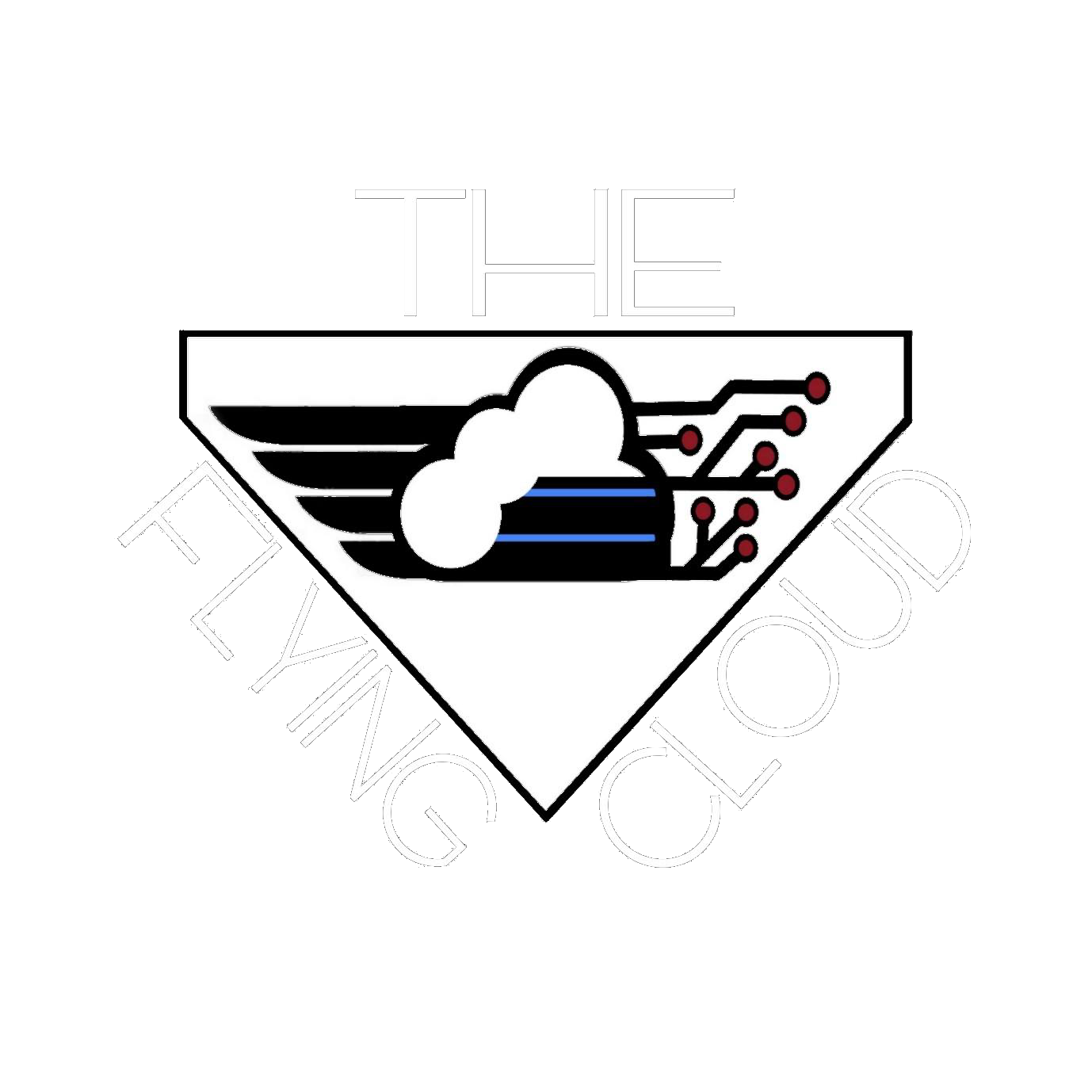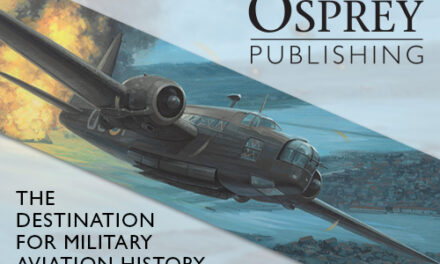The B-58 Hustler
The US Air Force’s first operational supersonic bomber, the B-58 made its initial flight on Nov. 11, 1956. In addition to the Hustler’s delta wing shape, distinctive features included a sophisticated inertial guidance navigation and bombing system, a slender “wasp-waist” fuselage and an extensive use of heat-resistant honeycomb sandwich skin panels in the wings and fuselage.

Since the thin fuselage prevented the carrying of bombs internally, a droppable, two-component pod beneath the fuselage contained a nuclear weapon — along with extra fuel or other specialized gear. The B-58 crew consisted of a pilot, navigator/bombardier and defense systems operator.
My Dad, Richard “Butch” Sheffield, was flying the B-47 as navigator/bombardier, he volunteered for the then brand new B-58.
He writes about it in his book “The Very First” he left for his family.
More bomb runs than anyone in the Hustler on one mission
‘After we got back to Ft. Worth from SOS (squadrons officer school) in early 1962, I started flying with my new B-58 pilot, Major Dick Reynolds. I soon learned he was just as aggressive as I was, and we made a great team. He would fly anywhere, anytime, and for as long as I wanted.
‘One night, after we had flown for about ten hours and made more bomb runs than anyone ever had in the B-58 on one mission, he found out that some KC-135 tankers were coming back to the area with leftover fuel on board and would be willing to give it to us.
‘He lined up about five tankers with about ten thousand pounds of fuel each and filled out tanks so we could fly six more hours, thus breaking the record for flight length in the B-58.
‘After we topped off, we headed for the bomb plot to make more bomb runs when the command post came on the air and ordered us to dump the fuel and land right away. The Wing Command heard about what we were doing and thought it might be a safety-of-flight issue. Also, higher headquarters wanted to know what we were up to when the tankers started reporting the offloads to us.
‘I thought Dick was going to be in lots of trouble over the refueling, but I never heard about it. I believe they found out just how aggressive he was, and they liked it.’
Combat Crew Training School
He continues;

‘The (43rd) wing soon checked our crew out as instructors and assigned us to the Combat Crew Training School (CCTS), where we taught all the new students coming into the B-58 Program for the next four years.
‘My job was to teach the Bombing and Navigation System (ASQ-42) for one week each month to the new Radar Navigators (RN) and one day to the Pilots and DSO’s. This was a heavy load. I had to do everything other B-58 RNs did, plus teach. Even my vacations had to be planned around the teaching load. I taught this course from 1962 to 1964.
‘Even with our crew being out of action for one week out of each month to teach in the CCTS, we still were beating all the other crews by getting the most bomb runs (with the best scores) and navigation legs per mission.
‘We were rated best crew in the wing in 1963.
B-58 on nuclear alert during Cuban Missile Crisis
‘During the Cuban Missile Crisis, the B-58 Wing did not have a group of aircraft on alert like other SAC Bomb Wings because we were still doing CATEGORY II & III tests on the new weapon system. When the President ordered the military to get ready for war, the Wing Commander, B/G Brick Holstrom, ordered the Wing to get all our B-58s ready and load them with nukes.
‘Soon, we had forty B-58s loaded and ready to go but had no targets or tanker support. When SAC Headquarters found out, they gave us targets and tankers. Carswell had B-52s and tankers on alert, so there was no place for the B-58 alert crews to stay on base.
‘We pre-flighted our aircraft, studied our target, and were sent home to await a call from the Command Post to report to the aircraft and launch. I was armed with my snub-nosed Cal. 38 handguns and wore the nuclear weapons “GO” code around my neck. I felt odd being in the house like that with the kids around.
‘Soon, our Squadrons’ Operations Building had beds and guards, so we moved onto the base. We stayed on alert for a long time, about thirty days.’
Sheffield concludes;
‘Our house was right near the flight line. I told (wife) Rosie, if you hear us taking off, put the kids in the car and drive west. She had already bought canned goods and water. It was a terrifying time for the Country and us.’
Be sure to check out Linda Sheffield Miller (Col Richard (Butch) Sheffield’s daughter, Col. Sheffield was an SR-71 Reconnaissance Systems Officer) Twitter X Page Habubrats SR-71 and Facebook Page Born into the Wilde Blue Yonder Habubrats for awesome Blackbird’s photos and stories.

Photo credit: Linda Sheffield Miller and U.S. Air Force



